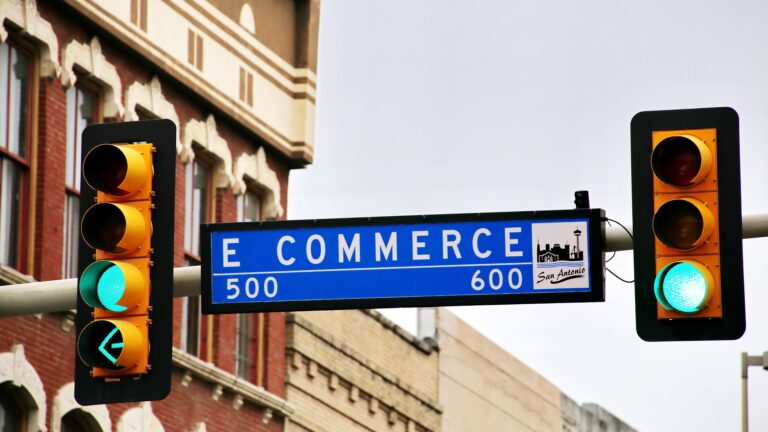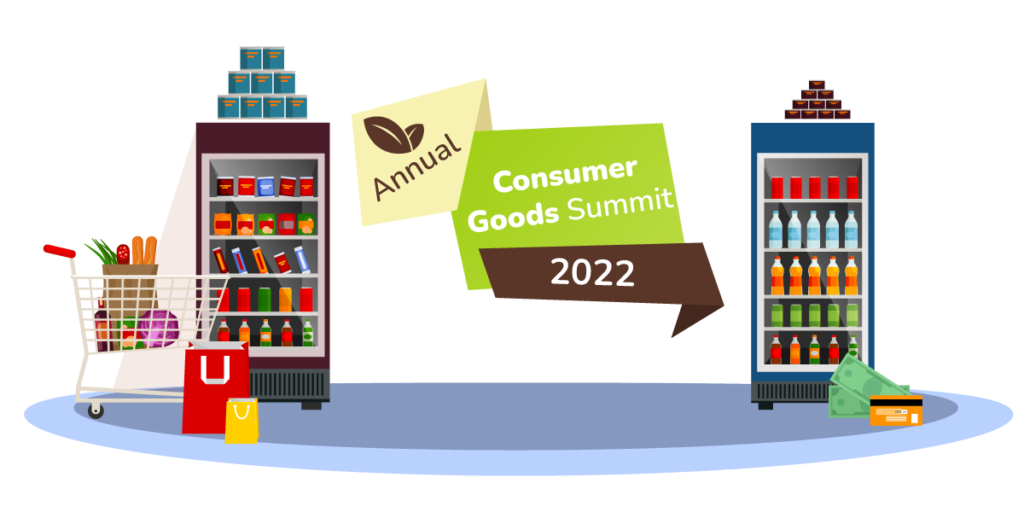
CPG companies are pivoting NFTs to drive innovation
Food and beverage companies are pivoting NFTs to innovate their business strategies.

Food and beverage companies are pivoting NFTs to innovate their business strategies.

Social commerce is the new normal of the 21st century and shoppable content serves as the foundation, helping social commerce sales double by 2025. Shoppable content features videos, catalogs, digital images, or social media posts, allowing consumers to buy products directly. Hashtags like #tiktokmademebuyit (TikTok), shopping features like shop module, shop button, and live shopping (Twitter), and Snapchat’s Verishop collaboration are promoting shoppable content. Retailers can leverage newly introduced social media features like Instagram reels, Facebook shops, live-streaming, and Pinterest shopping to boost their e-commerce by providing the shopper relevant content. Shoppable content can function beyond add to cart and buy now buttons on retailers’ e-commerce sites as companies can optimise the content through shoppable multimedia, images, and customer reviews. Read more from Bazaarvoice

This is the weekly snapshot of top trends from the Consumer Goods industry in the past week (07th March-11th March). We have covered different categories, including AI & Robotics, Sustainability, Consumer Trends, Direct to Consumer, and Digital Supply Chain.

The latest Connected Retail Report CI&T revealed some shocking consumer preferences that can serve as an eye-opener for retailers. Among the 415 US individuals surveyed by CI&T, only 9% expected the same-day delivery, while the rest of the participants prioritised reliability over speedy delivery. For an optimal mix of speed and satisfying services, retailers should ask the consumer at the time of checkout: when does he/she need to receive the parcel? This would allow retailers to control supply chain costs and focus on the parcels that need to be shipped first. To find out consumers’ choices for online deliveries, CI&T presented four options, involving websites, apps, mobile sites, and social media pages. Read more from Supplychainbrain

Food and beverage companies are pivoting NFTs to innovate their business strategies.

Social commerce is the new normal of the 21st century and shoppable content serves as the foundation, helping social commerce sales double by 2025. Shoppable content features videos, catalogs, digital images, or social media posts, allowing consumers to buy products directly. Hashtags like #tiktokmademebuyit (TikTok), shopping features like shop module, shop button, and live shopping (Twitter), and Snapchat’s Verishop collaboration are promoting shoppable content. Retailers can leverage newly introduced social media features like Instagram reels, Facebook shops, live-streaming, and Pinterest shopping to boost their e-commerce by providing the shopper relevant content. Shoppable content can function beyond add to cart and buy now buttons on retailers’ e-commerce sites as companies can optimise the content through shoppable multimedia, images, and customer reviews. Read more from Bazaarvoice

This is the weekly snapshot of top trends from the Consumer Goods industry in the past week (07th March-11th March). We have covered different categories, including AI & Robotics, Sustainability, Consumer Trends, Direct to Consumer, and Digital Supply Chain.

The latest Connected Retail Report CI&T revealed some shocking consumer preferences that can serve as an eye-opener for retailers. Among the 415 US individuals surveyed by CI&T, only 9% expected the same-day delivery, while the rest of the participants prioritised reliability over speedy delivery. For an optimal mix of speed and satisfying services, retailers should ask the consumer at the time of checkout: when does he/she need to receive the parcel? This would allow retailers to control supply chain costs and focus on the parcels that need to be shipped first. To find out consumers’ choices for online deliveries, CI&T presented four options, involving websites, apps, mobile sites, and social media pages. Read more from Supplychainbrain

Consumer Goods industry will surpass $15T globally by 2025. However the old business model of mass distribution is about to become obsolete. Digital Transformation, Millennials and Gen Z effect, Direct to Consumer and Post-Covid World are going to reshape the winning formula for the new era CG industry. Our weekly newsletter covers global innovations and disruptions in CG industry.
ConsumerGeniuses is managed by IndustryGeniuses (A place where industries meet innovation). We are rolling out content platforms for the world’s hottest industries such as Food & Grocery Retail, Consumer Goods and Healthcare. For each of these key industries, we support Tech Startups and Industry Disruptors as they roll out next generation digital initiatives.
IndustryGeniuses team brings practical domain knowledge of working with 300+ tech startups and brands over the past decade.